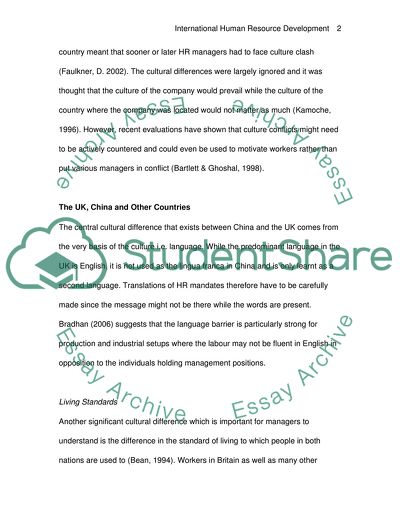Cite this document
(International Human Resource Development Research Paper, n.d.)
International Human Resource Development Research Paper. Retrieved from https://studentshare.org/human-resources/1704751-an-essay-for-the-subject-international-human-resource-management
International Human Resource Development Research Paper. Retrieved from https://studentshare.org/human-resources/1704751-an-essay-for-the-subject-international-human-resource-management
(International Human Resource Development Research Paper)
International Human Resource Development Research Paper. https://studentshare.org/human-resources/1704751-an-essay-for-the-subject-international-human-resource-management.
International Human Resource Development Research Paper. https://studentshare.org/human-resources/1704751-an-essay-for-the-subject-international-human-resource-management.
“International Human Resource Development Research Paper”, n.d. https://studentshare.org/human-resources/1704751-an-essay-for-the-subject-international-human-resource-management.


